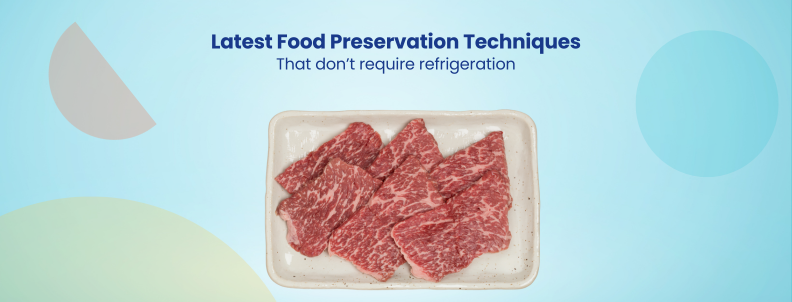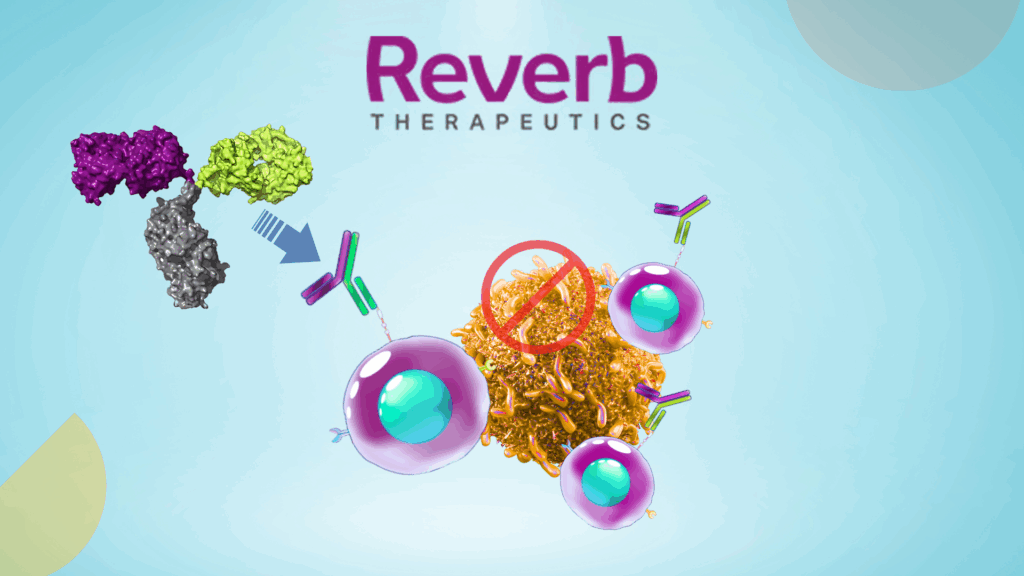The food industry is experiencing a surge in consumer demand for healthier, safer, and more sustainable food options. However, a common challenge faced by both consumers and the food industry alike is to extend food shelf life. This limitation not only contributes to food waste but also hinders access to fresh and nutritious options.
Explore the recent innovations in food technology! Learn about leading startups creating insect-based proteins, plant-based meat alternatives, and more. Get your hands on our Food Tech Startup Report to uncover the latest trends shaping the future of food.
Fill out the form below and request your copy today!

This report discusses some promising solutions from recent US patents for extending the shelf life of probiotic products. These innovations can help companies enhance the shelf life of consumable products.
The report explores three key innovation areas, highlighting specific problems, their solutions, associated patents, and application areas where these innovations can significantly impact.
1. Microbial Management to Extend Food Shelf Life
Problem
One of the primary concerns in food preservation is managing microbial growth to prevent spoilage and contamination. Maintaining the viability of probiotics during processing and storage and ensuring the safety of meat and dairy products from harmful bacteria are critical for extending shelf life.
Solution
Innovations in this area include protective encapsulation techniques for probiotics, the development of antimicrobial compositions utilizing Lactobacillus strains, and reuterin-producing bacteria to reduce harmful microbes.
The antimicrobial compositions utilize specific strains of Lactobacillus bacteria, such as Lactobacillus rhamnosus and Lactobacillus paracasei, to inhibit the growth of unwanted microorganisms in dairy products. These compositions exhibit a synergistic antimicrobial effect, surpassing the individual effects of each strain. By targeting bacteria and fungi, including yeasts and molds, the compositions prevent spoilage and extend the shelf life of dairy products.
Application Areas
These solutions are applied across various products, including dairy, meat, and food products requiring enhanced shelf life through microbial management.
Prominent companies in the industry, including Hilmar Cheese Company and Cargill, are looking for solutions to the above-mentioned problem. Below are some of the novel solutions these companies can adopt-
| US11039637B2 | Degama Barrier LTD | Stabilized probiotic bacteria for food products that maintain viability during processing, storage, and digestion. The probiotics are encapsulated in a protective mixture of core, innermost, intermediate, and outer coating layers. The core contains probiotics and stabilizers. The innermost coating is a hydrophobic fat. The intermediate coating has low surface tension. |
| US11191791B2 | Praj Indus | Developing dry formulations of Megasphaera elsdenii, an anaerobic bacteria used as a probiotic for dairy cattle, that have increased viability during processing and transfer into the rumen. The formulations are made by encapsulating the bacteria in a combination of polymers and glycerol. The encapsulation protects the bacteria from unfavorable environmental conditions and allows them to survive processing and storage. |
| US10993974B2 | Chr. Hansen | Antimicrobial compositions inhibit the growth of unwanted microorganisms in food, feed, and pharmaceutical products. The compositions contain a combination of Lactobacillus rhamnosus and Lactobacillus paracasei strains. The strains are added to the products during manufacturing at specific concentrations and growth conditions to prevent and inhibit contamination by fungi and bacteria. |
| US10952448B2 | Chr. Hansen | Reducing the concentration of Gram-negative bacteria like Salmonella in fermented food products like sausages and spreadable meats. The method involves adding a red wine extract and a culture containing class IIa bacteriocin-producing lactic acid bacteria. The red wine extract helps disrupt the outer membrane of Gram-negative bacteria, allowing the bacteriocins to enter and inhibit growth. |
2. Food Processing Techniques
Problem
Traditional food processing techniques sometimes limit food products’ digestibility, texture, and quality. Developing yeast-free dough products and improving the texture of food items while enhancing their microbial stability is crucial for meeting consumer demands.
Solution
Key innovations include introducing a specific combination of lactic acid bacteria to leavened (made to rise) without using traditional baker’s yeast, making products more digestible, and using lactic acid bacteria to improve texture and stability.
Application Areas
These processing techniques enhance the quality and shelf life of bakery products such as pizza dough and bread, fermented dairy products, and meat substitutes.
Companies like Flowers Foods and AAk, trying to solve the problem of shelf life, can adopt the following approaches-
| Patent | Company | Patent Summary |
| US11178880B2 | Mofin Srl | A yeast-free, highly digestible pizza that uses a specific combination of lactic acid bacteria to leaven the dough instead of yeast. The bacteria produce carbon dioxide and organic acids to replace yeast in the leavening process. The pizza dough is made with water, flour, salt, and other ingredients. The bacteria are added to the dough to leaven it without using yeast. The bacteria are selected strains of facultative and obligatory heterofermentative lactic acid bacteria that can produce carbon dioxide and organic acids to replace yeast in leavening. |
| US10959444B2 | Chr. Hansen | Lactococcus lactis subsp. lactis strain with improved texturizing properties for use in food products like fermented milk. The strain has an active EPS gene cluster capable of producing exopolysaccharide (EPS). The EPS gene cluster contains specific nucleotide sequences for polymerase, transporter, and glycosyltransferase enzymes involved in EPS biosynthesis. |
3. Preservation Through Acidification and Stability Enhancement
Problem
Acidification and stability enhancement are vital for preserving food products against spoilage and degradation over time. Creating acidic conditions to inhibit spoilage microorganisms and improving the stability of products during storage is essential for extending consumables’ shelf life.
Solution
Solutions include employing Lactobacillus fermentum strains for acidification and developing improved compositions for enhanced stability during storage.
Application Areas
These preservation methods are particularly beneficial for extending the shelf life of fermented foods, beverages, and packaged snacks, where acidification and stability are key to maintaining quality and safety.
In this category, companies like Farmhouse Culture and Kevita, trying to keep their consumables product fresh and tasty, can adopt the following approaches-
| Patent | Company | Patent Summary |
| US11096396B2 | Chr. Hansen | Lactobacillus fermentum is a bacteria that inhibits fungal growth in fermented dairy products. The bacteria have antifungal effects against Penicillium solitum and Penicillium brevicompactum. Compared to other bacteria, they also reduce acetaldehyde and diacetyl production. The bacteria can be used in fermented dairy products to protect against mold growth and improve sensory properties. |
| US11019838B2 | Jarrow Formulas | A dietary supplement formulation comprising one or more strains of probiotic microorganisms mixed in an oil with calcium phosphate. The calcium phosphate substantially reduces the clumping and settling of the probiotic in the oil compared to probiotic powders in oil without calcium phosphate added. |
Conclusion
Innovations in the food industry are critical for extending the shelf life of consumables. The industry can meet consumer demands for safe, nutritious, and long-lasting food products through microbial management, innovative food processing techniques and preservation strategies like acidification and stability enhancement.
The patents associated with these innovations represent significant advancements in food technology, offering promising solutions for improving the quality and sustainability of our food supply.
Reach out to us for an in-depth analysis of these patents and find specific solutions to extend food shelf life.
How Can We Help You?
We support industry-leading R&D and Innovation professionals through complex problems. Describe your challenge, and let us bring clarity and expertise.
Authored By – Vikash Gupta, Product Development Team











